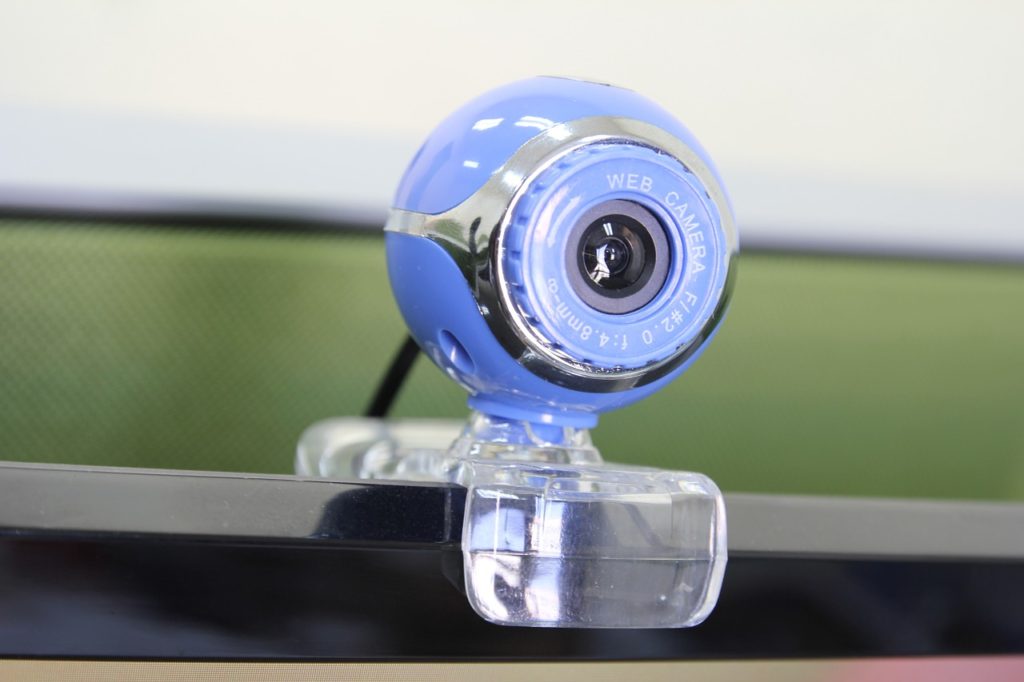In today’s world, it’s not uncommon to have family all over the globe. Not everyone gets the chance to hop on a plane and travel across the continent – or past entire oceans – to meet and greet the folks more than once or twice a year. For all other times, modern technology has provided us with an amazing piece of technology that’s often used, and just as often misused: video conferencing.
Most people are familiar with free “voice over IP” software, or programs that allow you to talk to people for free over the Internet. According to Pew, nearly 20 percent of Americans were video calling as far back as 2010. Whether you’re chatting up your partner in a long-distance relationship, talking to your parents back in your hometown or country, or talking to your kids and spouse during a long business trip, it’s a fact that this type of technology has played a huge role in making it easier for families to communicate in a meaningful way, even if they can’t see each other in person.
It all started decades ago, in big corporate meeting rooms with large screens and even larger networking systems – lots of cabling, lots of wiring and expensive equipment. Today, however, all you or your loved one needs is a device equipped with a microphone and a camera, whether that’s your old smartphone or the most powerful PC in the house.
But even if it has been made much easier, there’s still a gulf of differences between making starting your first conversation and knowing how to make the most out of your family conversations. From setting your camera and background up in the right way, to knowing how to work the microphone, here are six simple and straightforward tips that you can use to immediately improve and get the most out of your regular video calling experiences.
Keep Your Camera on Eye Level
Nothing is more unflattering than a bad angle, and when you’re calling your family, having the equipment that allows you to go as wide as possible with regards to angles means fitting in more friends and family in the process. A properly angled camera also insures that, if positioned properly, you will be making eye contact with who you’re talking to while looking at your monitor.
Mute Your Mic Between Sentences
Background noises can be rather harsh during some conditions, depending on the quality and build of the mic. Don’t let your conversation be disrupted by the sound of a buzzing fan or a motorbike outside while someone else is talking. Mute your mic if you don’t plan to say anything for the time being. It’s just a single mouse click. Alternatively, some VOIP (voice-over IP) software allows a push-to-talk function, meaning your voice is only transmitted to the other party if you’re holding a specific key on the keyboard while talking.
Keep the Light Behind the Camera
Optimal lighting is a must, whether it’s a family chat or a professional discussion. Keeping the light behind your camera means you’ll be illuminated rather than providing your family with nothing but a silhouette of you. You don’t need a camera for video conferencing for IT to get great quality visuals – with software like Blue Jeans, the right settings and some proper lighting is enough.
Test Your Microphone
Nothing is more embarrassing than somebody picking up the phone with you bursting into a jubilant monologue, only to realize you’ve been mute for a good minute. Test your mic with your respective software’s testing options before dialing someone’s number.
Minimize Your Bandwidth Usage
Part of any problems you might be having during your call’s quality could be because of your bandwidth being taken up by other processes on your computer. Are you streaming a video, listening to music on Spotify, or doing anything else that might be actively sapping your internet connection?
Even with a WiFi plan, you have a dedicated limit of how much data you’re allowed to download through the internet at any one time. That, according to Webopedia, is bandwidth. That “bandwidth limit” could be affecting your quality. Make sure to close or stop any processes on your computer, or on other devices in the house connected to the Internet, especially if you’d like the best quality possible.
Speak Loudly and Slowly
Internet connections aren’t always the most reliable thing. To account for the possibility of lagging audio or video during a call, try and speak slightly louder and a little slower than you might normally speak over the phone or face-to-face. Just slowing your speech could make a huge difference, and could avoid the other party from perceiving your words as slurred, or incomprehensible.
And that’s that! Six simple tips that you can apply right away to improve your call quality and get the most out of your time with your family.




